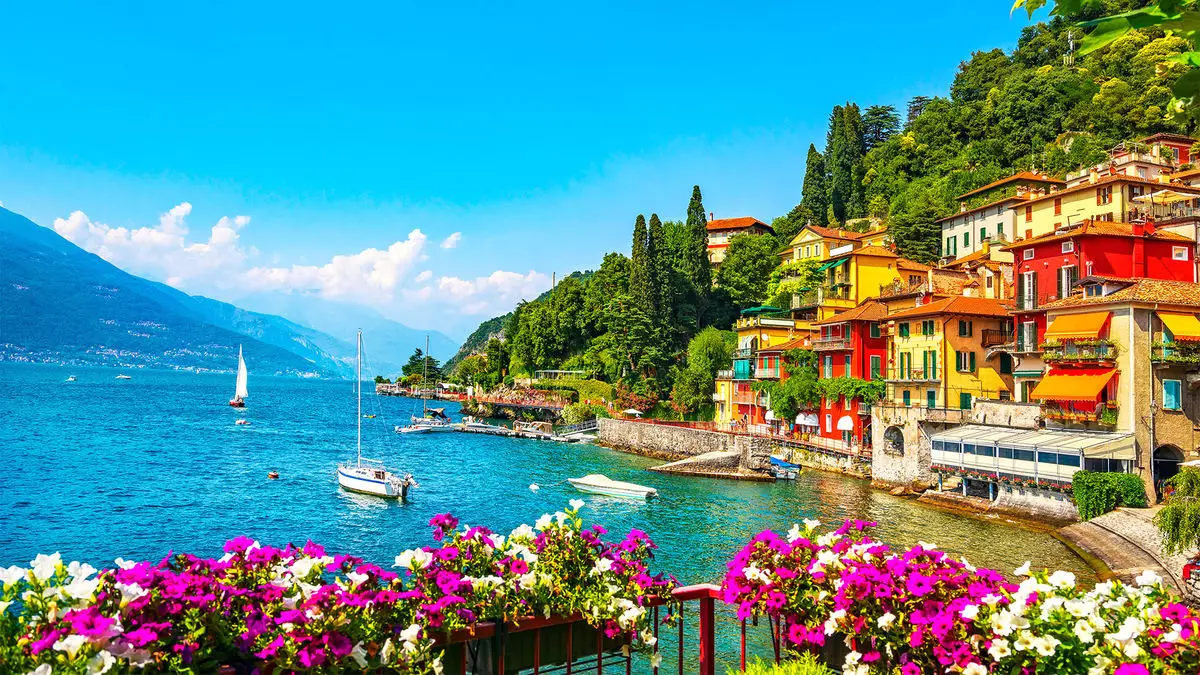The global luxury hotel landscape has witnessed a notable transformation, marked by a substantial increase in the number of properties demanding average nightly rates exceeding $1,000. As reported by the analytics firm CoStar, countries like the United States, Italy, and France are at the forefront of this emerging trend. This article seeks to delve deeper into the factors driving this upmarket shift, the implications for travelers, and the broader context of the hospitality sector’s bifurcation.
Recent statistics unveil dramatic growth in the luxury hotel segment, particularly within the U.S., Italy, and France. For instance, the number of hotels in the United States maintaining a $1,000 average daily rate soared from 22 establishments in 2019 to nearly 80 by mid-2023. Italy and France have experienced similar arcs, with properties charging upwards of $1,000 proliferating—from fewer than 20 hotels in Italy to close to 70, and from just over 20 in France to nearly 50 during the same timeframe. It is essential to note that these figures likely underrepresent the actual count, as CoStar tends to exclude many smaller, ultra-luxury hotels from their database.
A deeper analysis reveals a critical bifurcation within the hospitality market. Jan Freitag, senior vice president of lodging insights at STR, posits that the luxury segment is thriving while the economy sector is faltering. The metrics reveal that revenue per available room (RevPAR) for economy hotels in the U.S. decreased by 4.2% through July 2024, contrasting sharply with a 2.1% increase for upper-upscale, full-service hotels. This divergence indicates that inflation disproportionately affects the lower-income strata, curtailing their ability to travel, while wealthier consumers continue to travel extensively—often indulging in luxurious stays.
Freitag elaborates that the luxury market is further splintering into two tiers: luxury and ultra-luxury. For the ultraluxury demographic, there are virtually no price constraints; consumers demand bespoke experiences and are more than willing to pay a premium for personalized services. This phenomenon suggests that, alongside an affluent customer base, there is a growing expectation for elite services that justify the exorbitant price tags.
The influx of luxury hotels is not confined to traditional hotspots like New York or Paris. Regions like Florida, particularly in towns such as Palm Beach and Boca Raton, are now witnessing a surge in high-end accommodations. Peter Ricci from Florida Atlantic University observes that both domestic and international travelers are adapting to this luxurious pricing landscape, which is becoming normalized beyond traditional luxury markets.
Many travelers are feeling the pinch of the rising rates. For instance, travel advisor Beth Washington has highlighted how clients attempting to revisit pre-pandemic travel plans are facing daunting price hikes. A planned five-star hotel booking in Italy has ballooned from an earlier range of $612 to $723 per night to staggering new rates exceeding $1,660. This realization forces travelers to recalibrate their budgets, often opting for a mix of upscale and four-star accommodations to achieve a semblance of the luxurious experience they initially anticipated.
In light of these challenges facing many travelers, industry experts offer strategies for effectively navigating the volatile hotel pricing landscape. Flexible booking options have become increasingly important as travelers seek to lock in prices early and shield themselves from unpredictable hikes. Unfortunately, the success of travel advisors, who are benefiting from increased fee revenue alongside rising hotel rates, signifies a complicated environment where travelers may feel pressured to rely on professional guidance.
As the industry stands at this juncture, there are signs suggesting that the meteoric rise of $1,000 hotel rates may be plateauing. Some industry veterans indicate that the demand, which surged in the wake of the pandemic, is beginning to stabilize. Sarah Fazendin of Videre Travel mentions that while the rates have spiked, the continued trajectory forward might not be as aggressive, indicating room for caution amid escalating costs.
The luxury hotel market is indeed entering a new era, characterized by higher rates and an increasingly polarized demographic landscape. While affluent travelers thrive, others feel marginalized within the financial constraints imposed by spiraling hotel costs. As consumer behavior adapts to these shifts, understanding the trends that shape the luxury hospitality industry has never been more pertinent. Navigating this evolving marketplace will require both savvy decision-making and perhaps a shift in expectations for travelers, as they seek luxury experiences in an increasingly expensive environment.


Leave a Reply